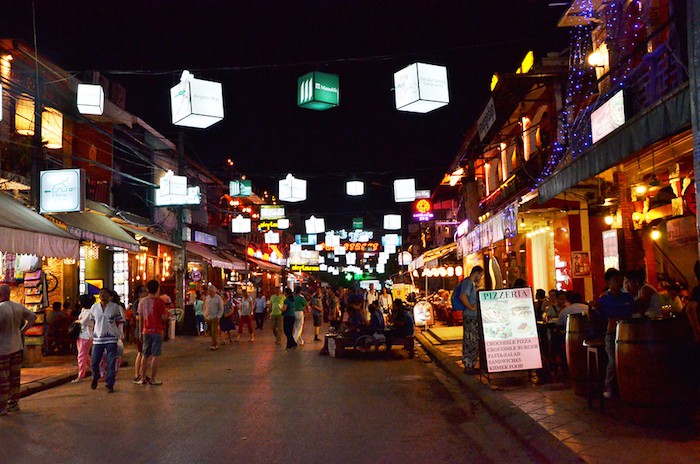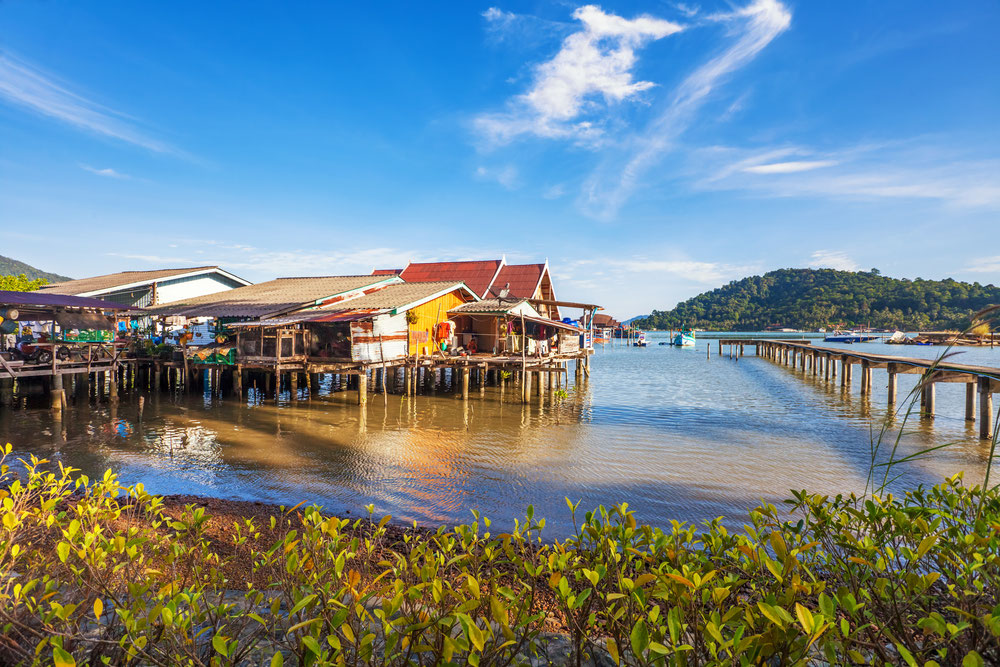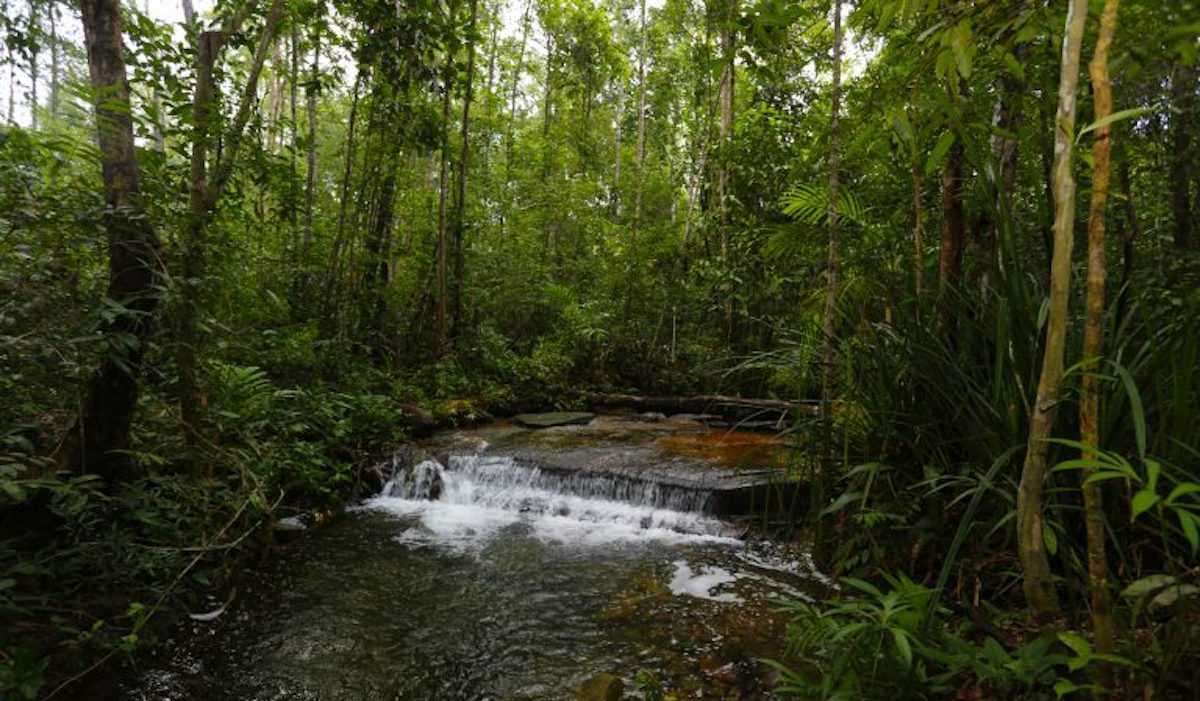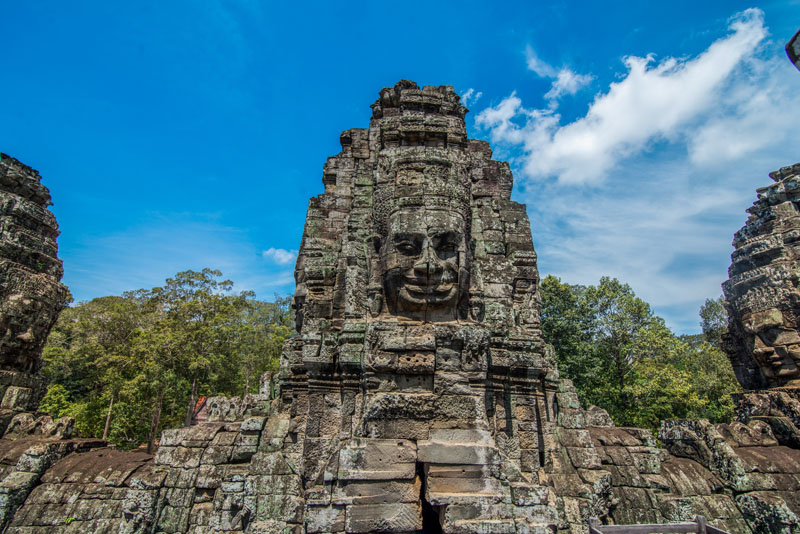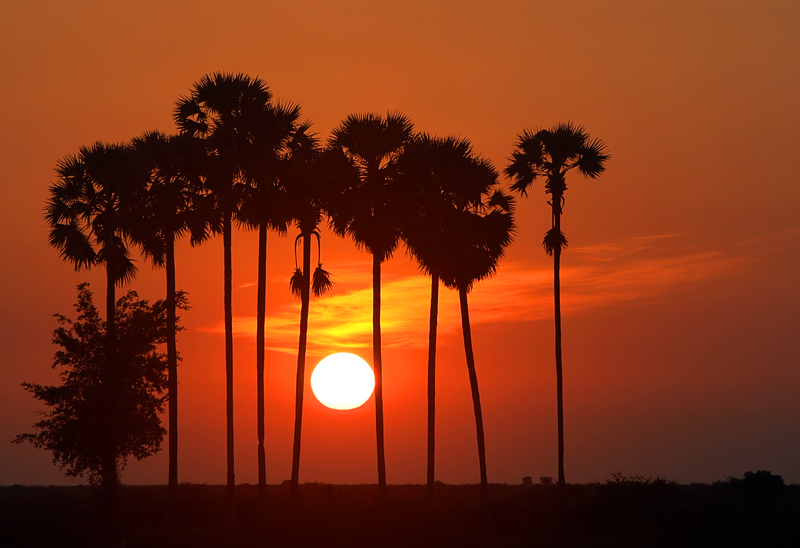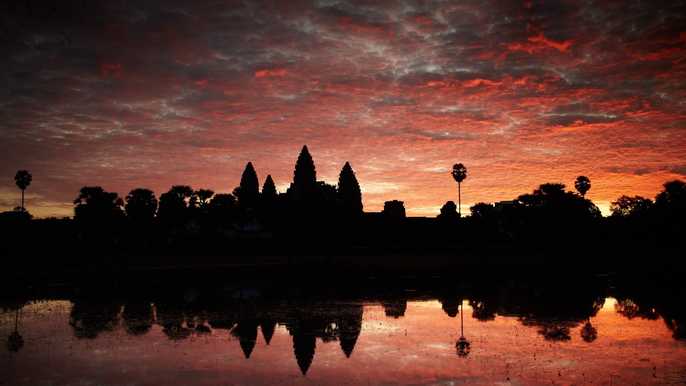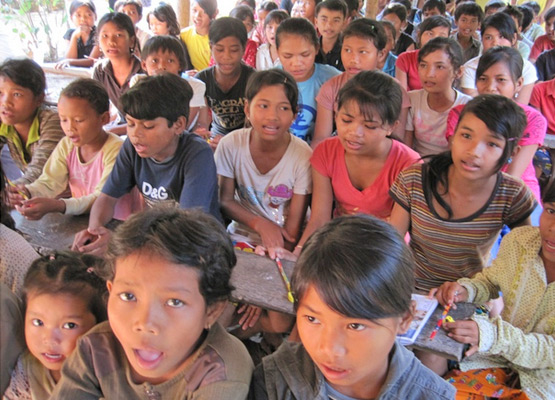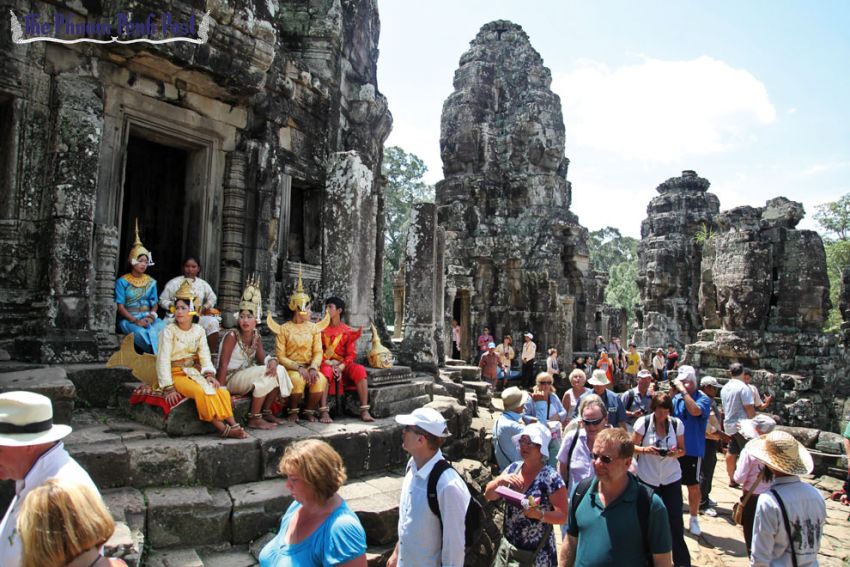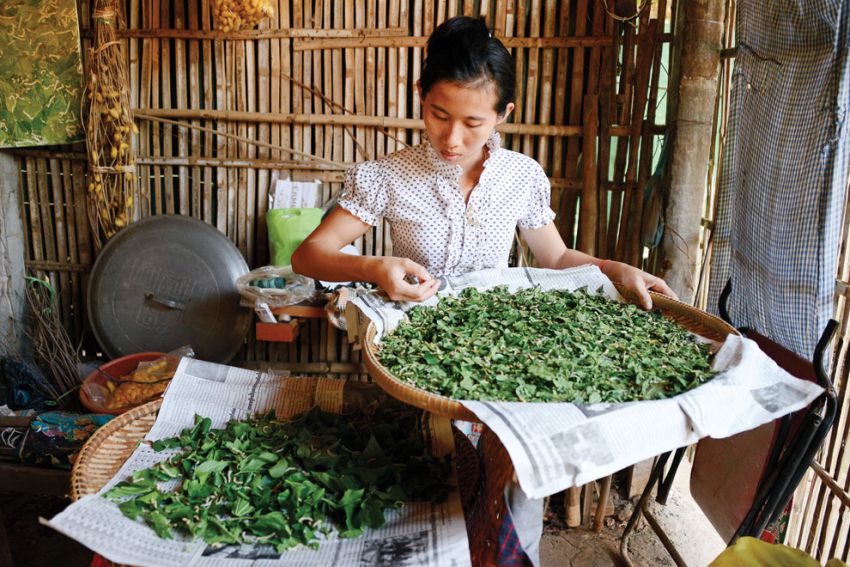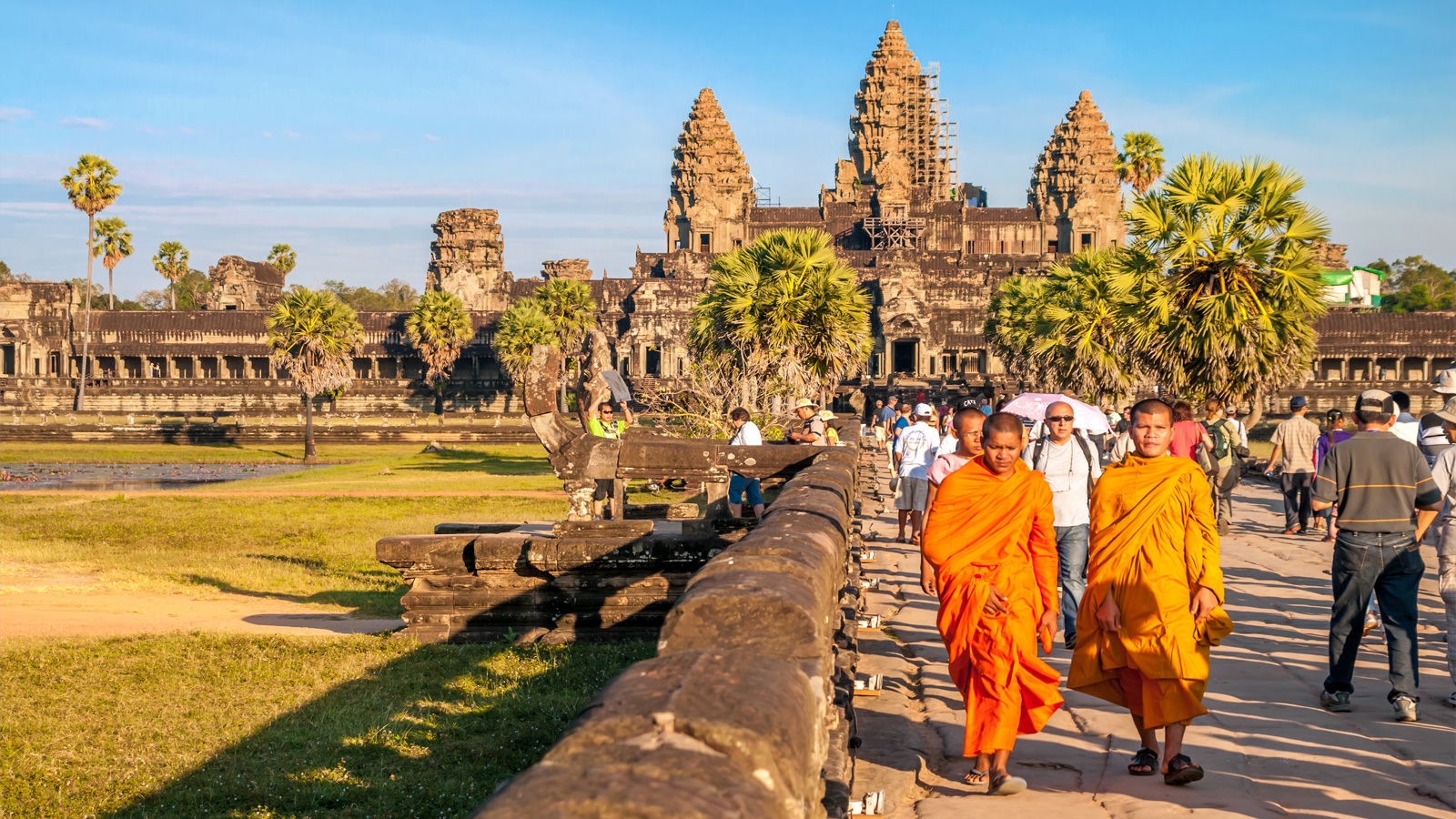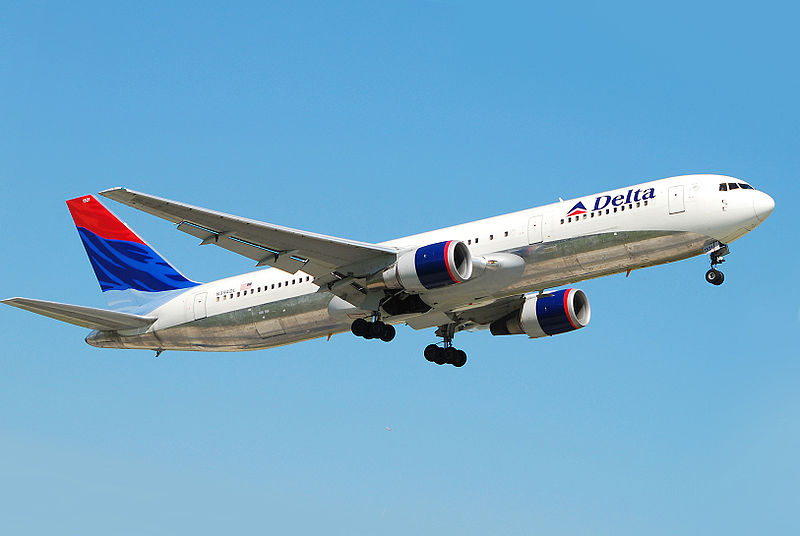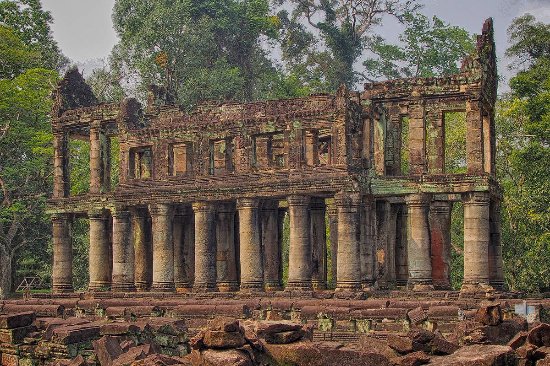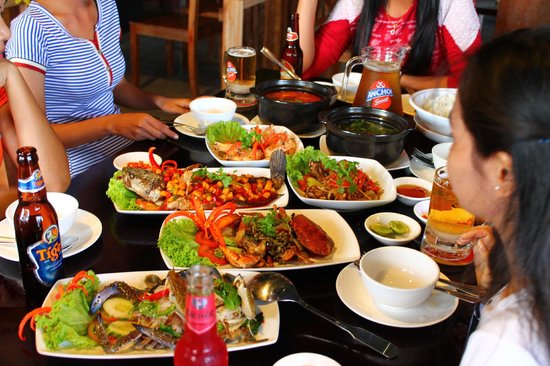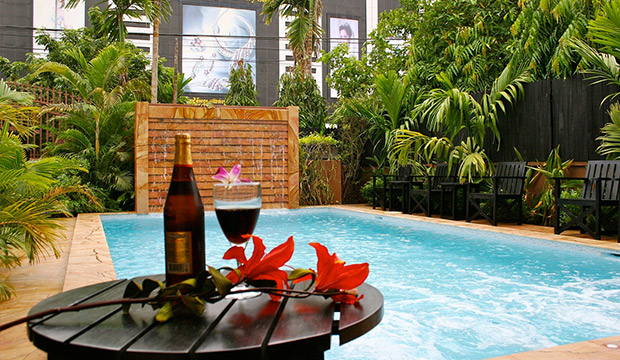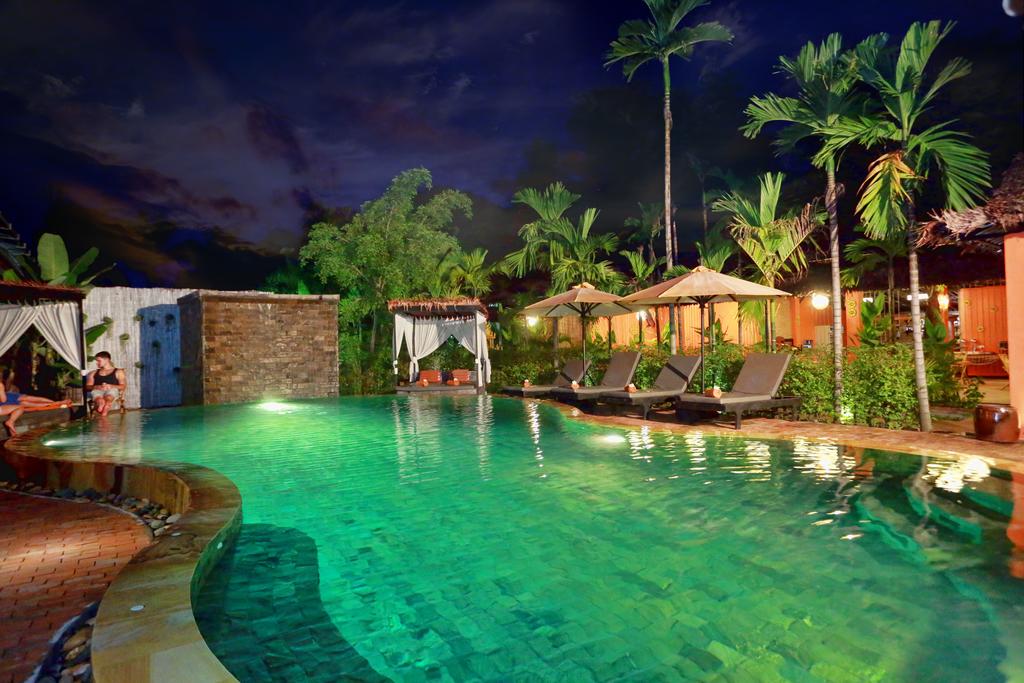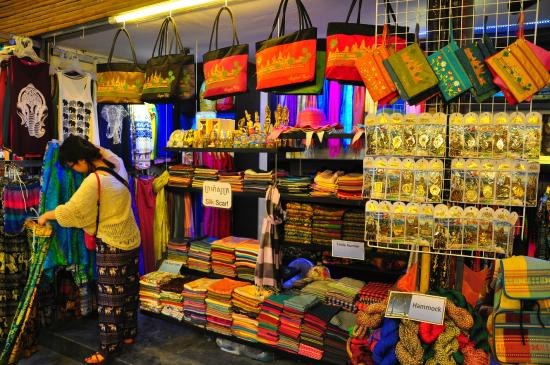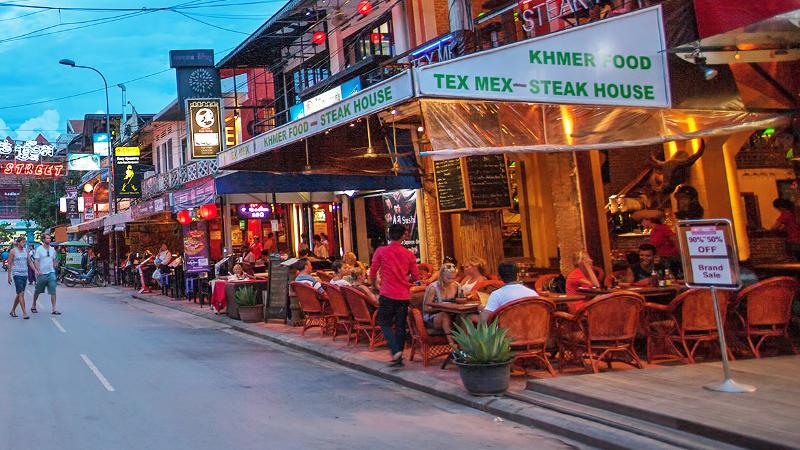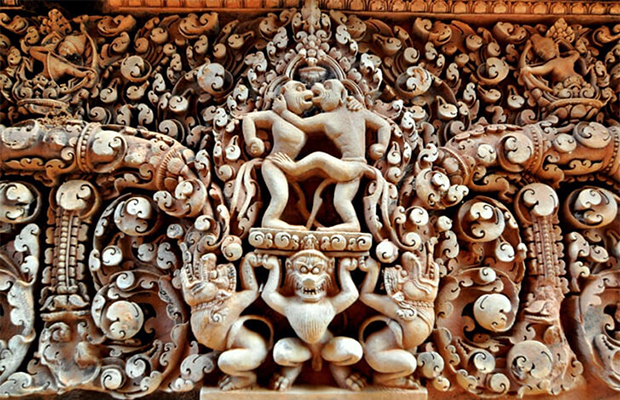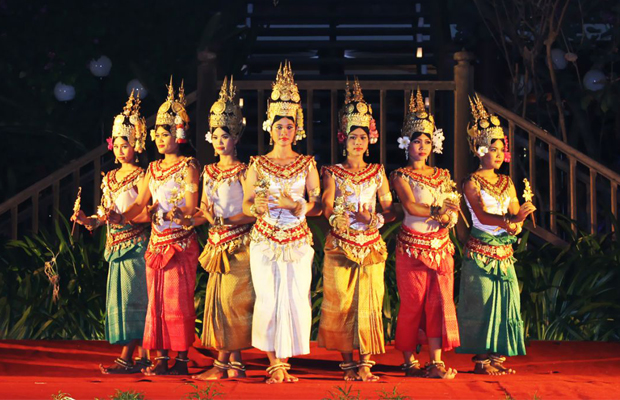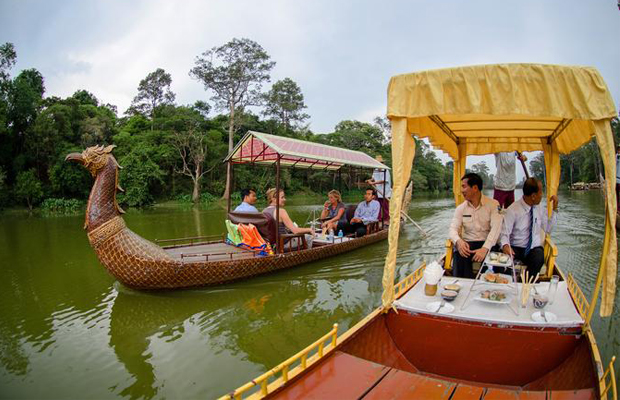The way to get to Siem Reap - Angkor Wat
The majority of visitors to Siem Reap arrive by air from Phnom Penh and Bangkok. There are also regular flights from Singapore, Ho Chi Minh City and Vientiane. See the airline list below. Visas are available on arrival at the Siem Reap and Phnom Penh airports. From Phnom Penh, there are also daily boats and buses going to Siem Reap. Some visitors make their way to Siem Reap overland from Thailand via the Aranyaprathet/Poipet border crossing.
Siem Reap: Arrival and Departure
Airport Departure and Arrival Tax: Domestic: US$6. International: US$25 Siem Reap Airport: The airport sits 6km from town, close to the temples, occasionally affording spectacular views of Angkor Wat during landings and take offs. Outside the terminal is a ticket booth for registered taxis into town. Independent taxis and motorcycles wait just outside the airport. The price is the same for both: motorcycles are $2 and cars are $6-7 into town. Most hotels offer free transportation from the airport but you must notify them in advance of your arrival.
Siem Reap Ferry Dock:
The ferry to Siem Reap arrives at Chong Khneas near Phnom Krom, 12km south of Siem Reap. There is always transportation waiting at the dock. Mototaxis charge about $2-$3 and cars $6-$7 for the 20-30 minute ride into town.
By Air:
Siem Reap Airways offer several daily flights to/from Phnom Penh. http://www.siemreapairways.com/; another cheap opportunity is http://www.airasia.com/; or www.laoairlines.com/. You can make your flight booking throught: http://www.angkorfocus.com/cambodia-airfare-ticket/
River Ferry:
Daily ferries ply the Tonle Sap river and lake between Phnom Penh and Siem Reap. The end of the trip is marked by a hill, Phnom Krom, near the ferry dock at Chong Khneas 12 km south of Siem Reap. During the dry season, the ferry stops short of the dock and passengers transfer to smaller boats to traverse the final few hundred meters.
Ferries depart 7am daily from the Phnom Penh Port on Sisowath Quay. Ferries depart Siem Reap daily at 7am from the dock at Chong Khneas. Passage is around $18-$25 and should be purchased a day in advance (251km, 4-6 hours). Drinks are sometimes available. Tickets can be purchased through hotels and travel agencies cheaper than at the ferry offices. Though generally safe, these ferries are local transport and have experienced breakdowns, groundings and other difficulties. Travel is best during the wet season (June-November). Dry season low waters can mean smaller, less comfortable boats and occasional groundings.
By Buses:
Several guesthouses, travel agencies and bus companies offer daily bus transport between Phnom Penh and Siem Reap. It is a smooth 314 km, 5-7 hour trip. The bus makes usually two stops along the way (at Skun and Kampong Thom). All charge the same, $3.50 (14,000R) one-way. The earliest buses depart starting at 6:30am and the last buses between noon and 1pm.
Neak Krorhorm Travel: Phnom Penh office at the corner of Street 110 and Sisowath Quay. Siem Reap office opposite the Old Market.GST: Phnom Penh bus station near the southwest corner of Phsar Thmey (Central Market). Phnom Penh Public Transport Co.: Phnom Penh bus station near the southwest corner of Phsar Thmey (Central Market).
Share Taxis:
Local share taxi depart from southwest corner of Central Market in Phnom Penh for 25,000 riel per person (5-8 hours). A private taxi costs you US$38-$45 for the whole car. 5-6 hours. Booking E-Ticket with: http://www.angkorfocus.com/cambodia-bus-taxi-ticket/taxi-from-poipet-siem-reap.html
Motorbike Info to Siem Reap:
The road to Siem Reap is in good condition, but driving in Cambodia is still challenging in the extreme, and should be attempted only by experienced riders. Speeding taxis, slow cows, and oblivious children are the norm. The trip calls for a dirt or road bike, no smaller than 250cc. It can be made in a day, but two days with a layover in Kampong Thom is a more relaxed alternative and allows time to visit the pre-Angkorian ruins of Sambor Prei Kuk (See page 33).
Leave Phnom Penh via the Japanese Bridge and follow National Highway No 6 north 75km to the Skun intersection. (Skun is known for its exotic foods - check out the fried spiders, turtle eggs and more at the roadside stands.) Bear left and follow the NH No 6 to Kampong Thom - about 2-3 hours. In Kampong Thom, the Arunras Hotel (062-961294), Stung Sen Royal Hotel (012-309495) and Mittapheap Hotel are all decent mid-range places. Arunras Guesthouses and Restaurant next to the hotel is the place to eat cheaply. From Kampong Thom to Siem Reap the trip takes another 2-3 hours.




